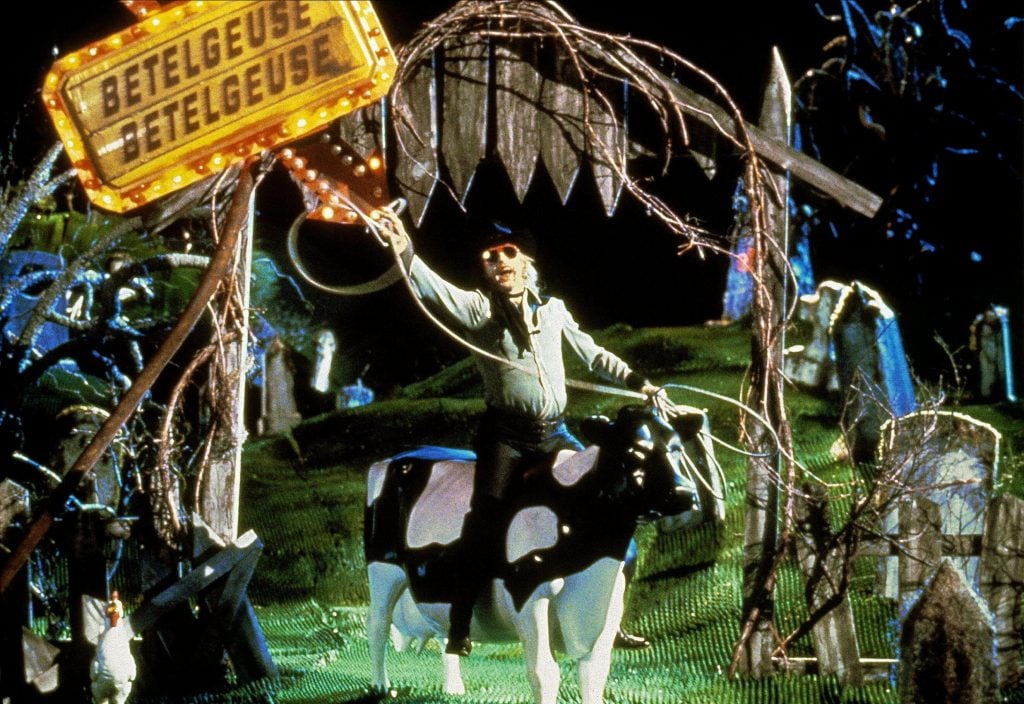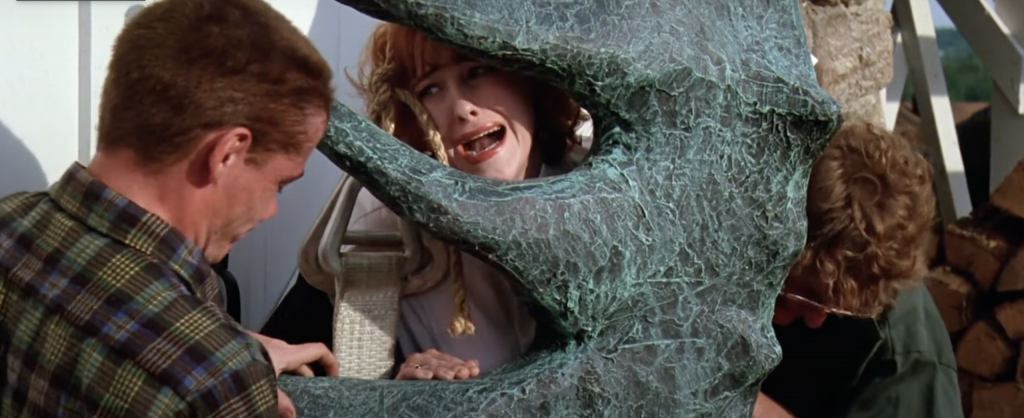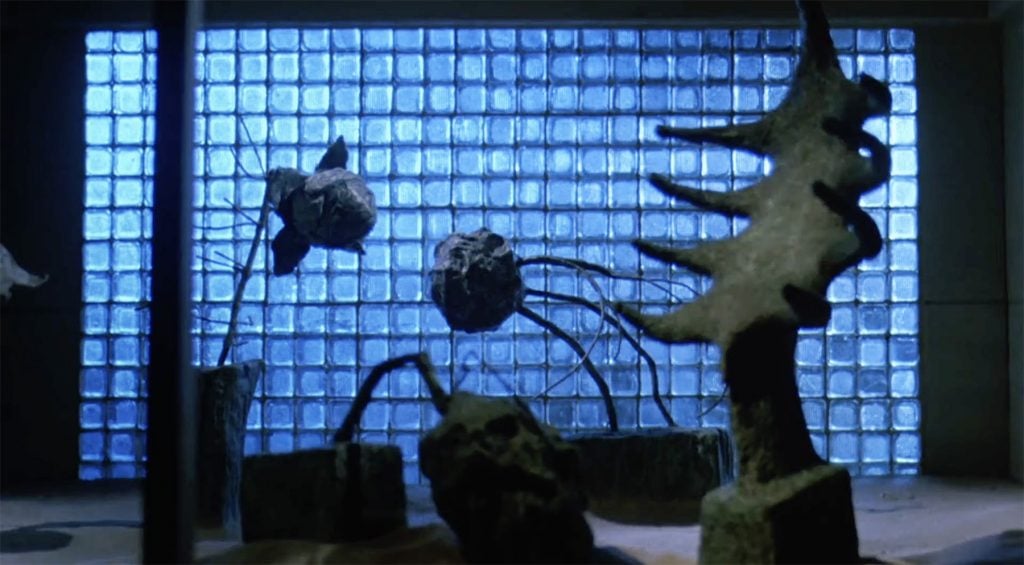Pop Culture
As Seen on ‘Beetlejuice’: German Expressionist Sculptures Brought to Life
In the classic horror comedy, Beetlejuice brings Delia Deetz's abstract statues to life to terrorize his victims.

Tim Burton’s 1988 horror comedy classic Beetlejuice follows a couple (played by Alec Baldwin and Geena Davis) who, after dying in a car accident, hire a demon and self-styled “bio-exorcist” named Betelgeuse (Michael Keaton) to drive away the obnoxious family that’s moved into their now-uninhabited country house.
The unwelcome family is made up of Charles Deetz (Jeffrey Jones), a semi-retired real estate developer from New York City, his second wife Delia (Catherine O’Hara), a sculptor and conceptual artist, and their goth teenage daughter Lydia (Winona Ryder), the only living character capable of seeing the non-living ones.
To the deceased couple’s dismay, the Deetzes waste no time in transforming their beloved rustic retreat into a postmodern manor. As interior designer and amateur occultist Otho strips down the building’s insides, Delia begs the moving crew to be careful with her abstract sculptures, which, she stresses, she didn’t buy, but made herself. Moments later, one of them crashes through the kitchen window. (“If you insist on frightening people,” Delia is later told, “do it with your sculpture.”)

Catherine O’Hara as Delia Deetz in Beetlejuice (1998). Photo: Screen grab.
The sculptures, which Beetlejuice later brings to life to terrorize the Deetzes, were designed by art director Bo Welch, who also oversaw the design of the house and its interior. Welch was brought on to the project after working on the 1987 horror comedy Lost Boys. In an interview with Uproxx, he recalled how Burton, who himself had just directed the surprise hit Pee-wee’s Big Adventure (1985), urged them to take inspiration from German Expressionism.
“Up until that point,” Welch said, “production design for movies in the context of the world I was working in, people were pretty hung up on literalism and realism, and ‘that door doesn’t match that interior.’ Stupid stuff. When I met Tim, it was like a breath of fresh air in terms of liberating me from dreary realism.”

Delia Deetz’s sculptures in Beetlejuice (1988). Photo: Screen grab.
Delia’s sculptures are poised to make a return in the film’s sequel Beetlejuice Beetlejuice, set for release on September 6. It will see Keaton, O’Hara, and Ryder reprise their respective roles, with the story revolving around an older Lydia who has to rescue her daughter (Jenna Ortega) from the clutches of a newly resurrected Beetlejuice.
We know the sculptures are likely to make a return because the Vermont State Police reported in July 2023 that one of them had been stolen from the film’s set near East Corinth, close to where the original film was shot.
The thieves also took a lamppost that, true to Burton’s Expressionism-inspired style, had been topped with a “distinctive pumpkin decoration.” As per the police, the objects were loaded into the back of a pickup truck, covered with a tarp, and driven away. This must have been no easy task, as the stolen sculpture alone is said to weigh some 150 pounds.
The theft was only the latest in a long list of setbacks hampering the production; shooting was previously delayed by flooding and the Hollywood writers’ strike. You’d think Beetlejuice himself was behind it all.
As Seen On explores the paintings and sculptures that have made it to the big and small screens—from a Bond villain’s heisted canvas to the Sopranos’ taste for Renaissance artworks. More than just set decor, these visual works play pivotal roles in on-screen narratives, when not stealing the show.





